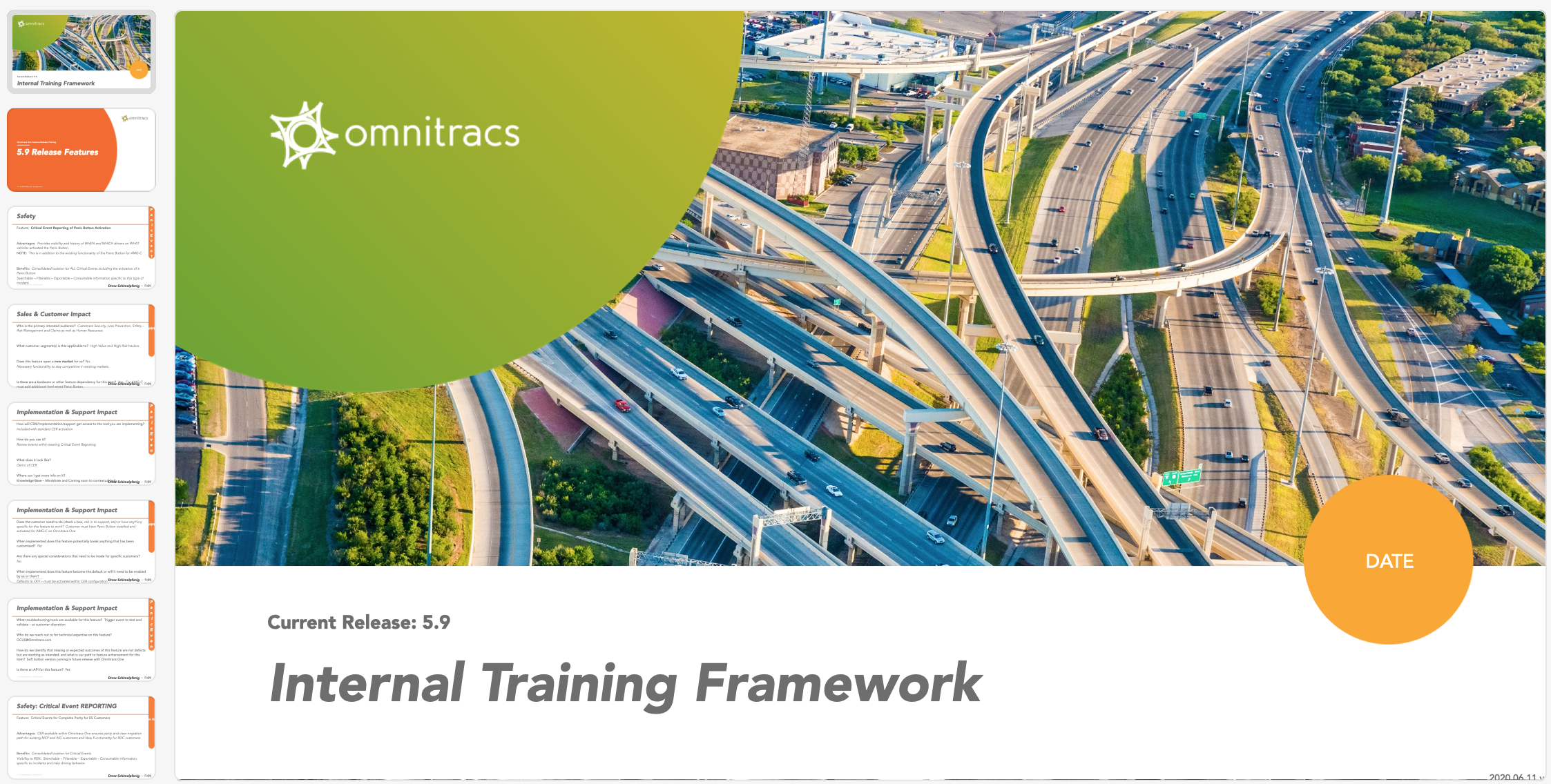Agile development often overlooks the training needs of teams responsible for software implementation. While SAM development offers some benefits, it doesn't fully address all software training requirements. Consequently, the VP of Portfolio Management tasked me with designing a comprehensive Software Release Training system to meet the needs of various departments impacted by software releases, particularly customer-facing teams.
This project required:
Conducting a Needs Analysis
It quickly became apparent that each department, while dealing with similar content, had unique training needs. I consulted with leaders from Customer Success, Customer Support, Sales Enablement, and Customer Implementation, and then interviewed designated representatives from each. The biggest challenge was that delegates were often unsure of their specific training requirements. To uncover these needs, I employed a "dumb questions" strategy, prompting delegates to articulate the root causes of their concerns and challenges.
This approach revealed:
- Each department could share ~75% of the content but would require target information for their group. This was true, specifically, for the more technical groups (implementation and support)
- Scheduling was going to be logistically very difficult with over 300 attendees per webinar
- Tracking and opportunity for review post webinar were crucial to leadership
Train the Trainer Materials and Ease of use
 A key constraint was minimizing the time investment required from Product Managers, with leadership targeting at least a 50% reduction compared to existing training efforts. Furthermore, performance reviews revealed varying training effectiveness among Product Managers. To address these challenges, my team and I collaborated with Product Managers to develop standardized deliverables and best practices, aiming to streamline delivery and equalize time investment regardless of product complexity. This development process involved:
A key constraint was minimizing the time investment required from Product Managers, with leadership targeting at least a 50% reduction compared to existing training efforts. Furthermore, performance reviews revealed varying training effectiveness among Product Managers. To address these challenges, my team and I collaborated with Product Managers to develop standardized deliverables and best practices, aiming to streamline delivery and equalize time investment regardless of product complexity. This development process involved:
- Created a template powerpoint with a series of questions for them to answer
- Provided a library of Job aids to facilitate the development of materials
- Provided coaching and mentoring on training delivery best practices
Adjusting to changes in the plan
Navigating the company's fluid agile development process, characterized by fluctuating delivery dates and inconsistent "code freeze" practices, required adaptability to changing schedules and content while adhering to our own committed timelines.
My initial objective was to have 75-80% of training content ready at least three weeks prior to each release. By establishing an active schedule of release items and collaborating closely with Program Management, we leveraged "Aha," a software development management tool, to effectively track release components. We then worked with Product Managers to complete training materials as software enhancements, bugs, or new features were finalized. For items that failed testing, we could quickly and easily track and remove them from the training schedule.
As part of the scheduling process, I created a matrix of planned release items and worked with department leaders to ensure all high-impact items were addressed. This enabled us to consolidate Product Manager training efforts, allowing them to deliver training to all departments in a single session, while tailoring the level of detail to each audience's specific needs.
Feedback and review
Tracking and feedback were key requirements from senior leadership for this project. Leveraging our third-party LMS, Workday, I was able to host and track all training sessions, making them available for manager and leadership review. I also hired an independent contractor to compile monthly metrics from the LMS, generating reports for leadership to assess engagement and make data-driven adjustments.

